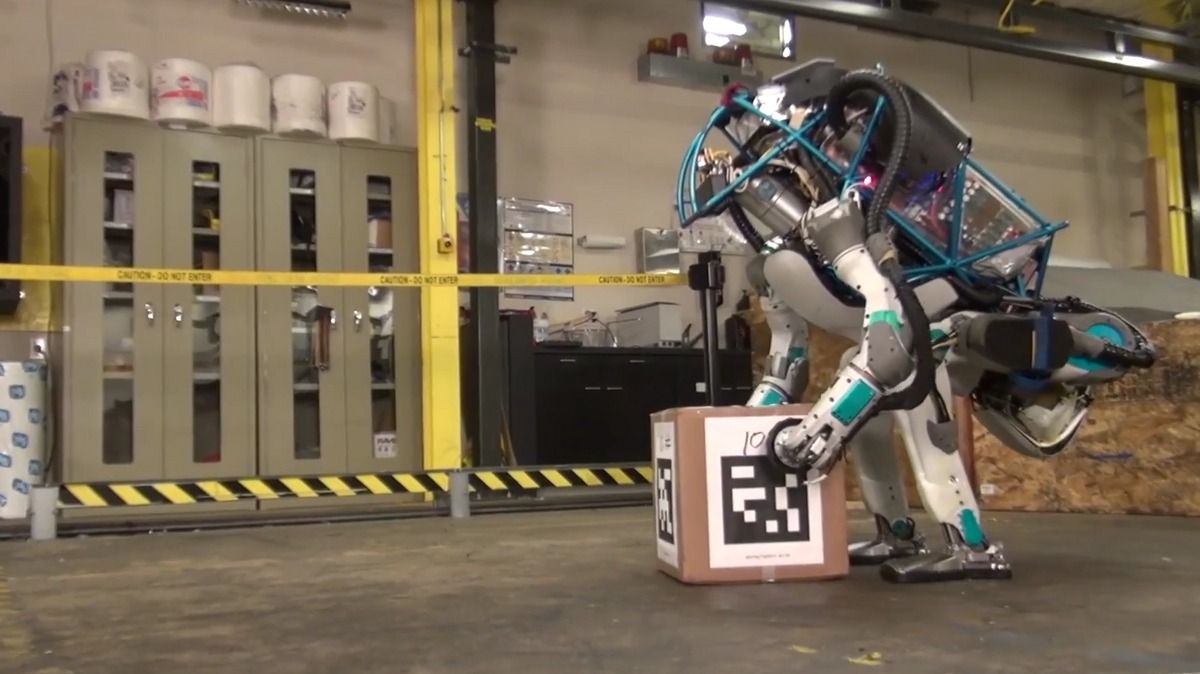Jun 1, 2016
World’s First Human Head Transplant Will Take Place in 2017
Posted by Shailesh Prasad in category: biotech/medical
Italian neurosurgeon Dr. Sergio Canavero is firm on his promise to deliver the first human head transplant to the world. He says a Chinese man will be the first patient in 2017, and now all he needs is approval and funding. Other experts are highly skeptical.
Last year, Dr. Sergio Canavero created quite the ruckus (to put it mildly) when he vowed to be the first person to transplant a human head onto a deceased donor’s body. Yes, he is planning on attempting the world’s first human head transplant (or body transplant, depending on how you look at it).
In fact, it has been about a year since his initial proclamation, and the Italian neurosurgeon still stands firm on his declaration, despite claims from other experts that it is nothing but a PR Stunt (at best) or a hoax. Some have even hypothesized it’s all just a plot meant to promote Metal Gear Solid.
Continue reading “World’s First Human Head Transplant Will Take Place in 2017” »

















